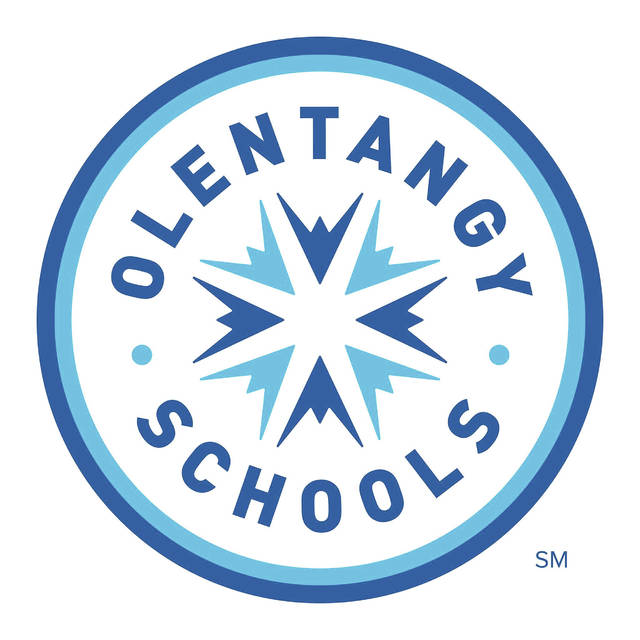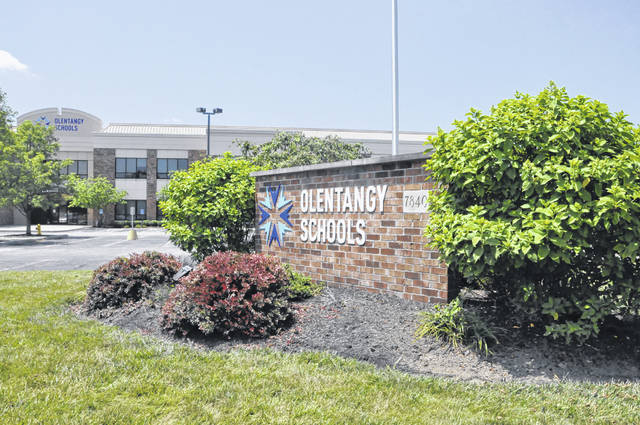

The Olentangy Local School District (OLSD) has long been pushing to receive more state funding, and that push continued Monday with a public forum that included both representatives from the district and state legislators.
Among those who participated in the forum were OLSD Superintendent Mark Raiff, OLSD Treasurer Emily Hatfield, state Sen. Andrew Brenner (R-Delaware), and state Reps. Rick Carfagna (R-Genoa Twp.) and Kris Jordan (R-Ostrander).
Raiff began the forum by saying that of all the divisive topics he is most often asked about, which include the district’s handling of the pandemic and social justice issues, fair funding for the district shouldn’t be one of them.
“It is the one issue in our school district that we should all be able to come together and agree upon, that isn’t right and has to be changed in Olentangy,” Raiff said.
Raiff highlighted the district’s booming growth over the past 20 years, and because of it, the numerous bond and levies that the communities have passed in order to facilitate the continuously-rising enrollments in the district. A chart displayed by Raiff showed OLSD’s enrollment at 5,444 students during the 1999-2000 school year, and it has since grown to 22,098 for the current year.
“Over this history, we’ve had incredible enrollment growth and an unfair burden on our taxpayers to fund all of this growth,” Raiff said. “Because there are a lot of school districts in this state that, rather than passing their own bond issue, they simply have the state build their schools through the Ohio School Facility Commission. Unfortunately, because we’re such a wealthy district, we’re not eligible for that money.
“As I say all of the time, in Olentangy there are simply two things that our levies are about: additional enrollment growth and no state funding. … Our state funding from 1999 through 2020 has never exceeded $500 per pupil. It hovers between a low of around $315 per pupil to a high of $490 per pupil. … We’ve never gotten more money to compensate us for the additional enrollment growth, and we have to pass operating dollars to operate these schools.”
Raiff went on to say that with OLSD having grown to become the sixth-largest district in the state, a lack of additional state funding will mean the district will need to go back on the ballot to ask for more from its taxpayers. He said more funding from the state will either stretch the periods in between ballot issues or lower the amount being asked for by the district to its communities.
Treasurer Emily Hatfield discussed OLSD’s funding per pupil as those numbers relate to 10 similar districts around the state, as determined by the Ohio Department of Education (ODE). Hatfield said OLSD receives the third-lowest revenues per pupil of the 11 similar schools in the latest district profile report presented by ODE, calling it “disheartening.” She added that the average per-pupil amount of those 11 schools is $1,300, but OLSD is still only getting just under $500.
“We really have a history over several of decades of having low state funding,” Hatfield said. “We know that the state looks at Olentangy and tells us that we have higher-than-average median incomes and property valuations, and they expect our community to continue to pay for the variance between this funding and our tax funding. But, quite frankly, that gap is just too big. And it’s a sustained gap, it’s a prolonged gap, and it’s time for us to have that gap fixed.”
Hatfield also pointed out the need for money isn’t a result of overspending on each student’s education. Per the most recent district profile report, OLSD is spending $11,875 per pupil, which ranks as just the fourth-highest expenditure among similar districts and below the average by approximately $1,400.
Ohio House Bill 1, commonly referred to as the “Fair School Funding Plan,” provides hope that OLSD can eventually begin receiving its fair share of state funding. The bill, which has broad bipartisan support, would restructure the formula for how local shares are calculated, reducing the current overreliance on property wealth in districts such as Olentangy.
Carfagna said during the forum that the bill would cost the state an additional $333 million per year, a modest increase from the $294 million in increases from fiscal years 2013-19. He added that he doesn’t believe a tax increase would be needed to facilitate the increase.
“We believe that the existing tax structure in Ohio can accommodate this increase without raising taxes,” Carfagna said.
Carfagna went on to say he believes the bill will likely include a six-year phase-in period that will require commitment from future legislators and leadership teams to “see it through the distance.”
Brenner said the key to the bill is to “raise the caps significantly” on funding a district can receive per year; OLSD is currently victimized by the caps, despite considerable enrollment growths each year.
House Bill 1 is nearly identical to House Bill 305, which passed through the House of Representatives with a resounding 84-8 vote. However, the bill failed to even receive a vote from the Senate. Now, there is renewed optimism — and increased priority — surrounding the bill as part of the state’s process of outlining its budget.
It’s been 24 years since the Ohio Supreme Court ruled that the state’s funding method for schools was unconstitutional due to its heavy reliance upon local property taxes to fund schools. The case, known as DeRolph v. State of Ohio, ordered the state government to “enact a constitutional school funding system.” However, other than the state putting more money into school funding, such a system has yet to come to fruition.
To conclude the forum, the participants conducted a question and answers period to discuss the concerns posed by the public who were a part of the discussion. The forum will soon be posted for viewing in its entirety on the district’s website.



